Track star: Ora ïto brings a new charge to public transport in Nice
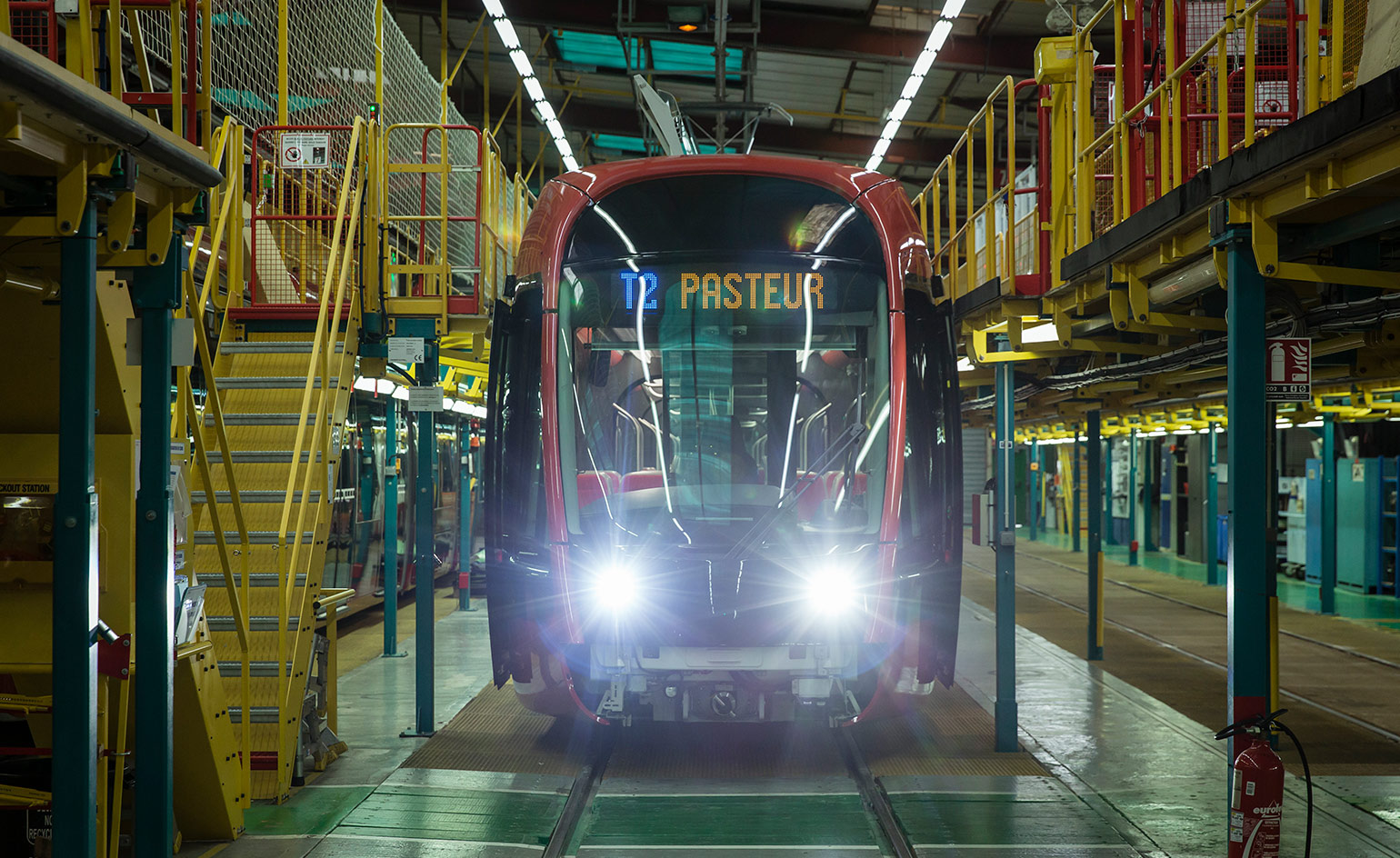
Some people get their name on a street sign – though generally when it’s too late for them to see it. Ora ïto, the puckish 41-year-old French designer with a talent for controversy, is about to have his name on a streetcar snaking across Nice. The tram is sleek and futuristic, and gleams like a candy apple.
Born Ito Morabito, Ora ïto spent his childhood in Nice. ‘That’s what makes the project even more incredible,’ says the designer, who keeps a miniature model of the tram on a shelf in his Parisian loft. ‘To have an entire line in the city where you grew up is very special.’ His logo will appear next to the manufacturer’s, Alstom, on both sides of each vehicle, a fact that pleases him immensely.
This was Ora ïto’s first experience designing public transport. His collaboration with Alstom, a global leader in light rail vehicles, started when the French company asked him to design a concept for a tram of the future. In late 2014, the company invited him to join its bid for Nice’s new tram, and together they won the contract.
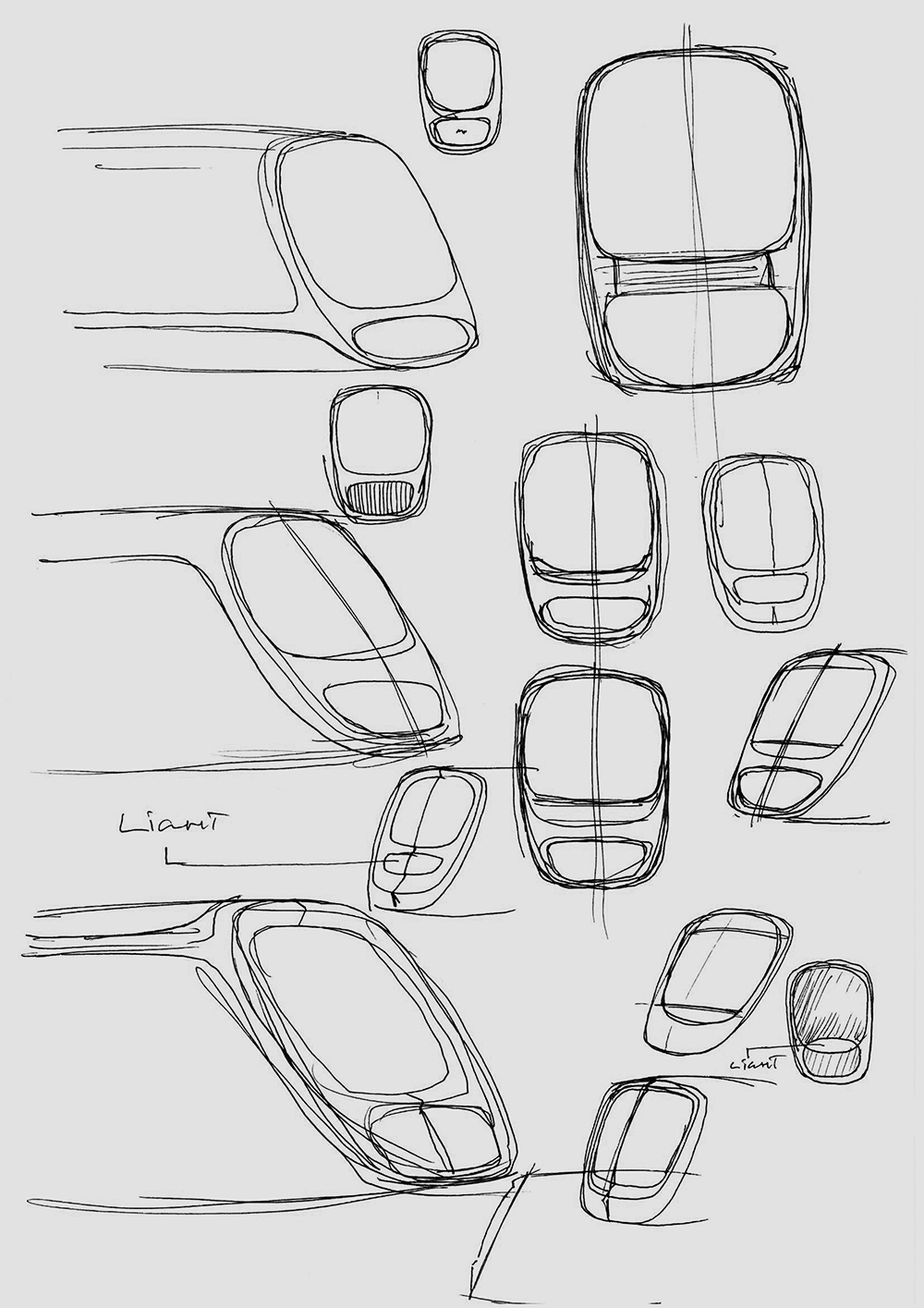
Ora ïto’s first sketches of the new tram
Ora ïto admits that he had always had problems with tramways because of the visual pollution of overhead cables. Nice’s mayor, Christian Estrosi, felt the same – an absence of wires was part of the brief. ‘It was essential that this new tramway line blend perfectly into the urban landscape while preserving our city’s architecture,’ the mayor says.
The winning model, Alstom’s latest generation Citadis X05, is wire-free, using a revolutionary static charging solution hidden between the tracks. Each time the tram stops at a station, it automatically plugs into an energy source in the ground and recharges the batteries in under 20 seconds. (After launching in Nice this summer, it will hit the streets of Sydney next year.) Each tram is 44m long, carries up to 300 passengers and travels 25km/h (accelerating to 70km/h in a tunnel section). The new East-West line, or Line 2, will link the airport to the port in 26 minutes. (Another extension, Line 3, will start service in 2019.) For passenger comfort, there are double doors along the entire vehicle, a wide central aisle and panoramic windows.
Once Nice selected Alstom’s project, the city asked its inhabitants to vote on three different design propositions. Ora ïto’s original favourite was a blue one inspired by the artist Yves Klein, who was born in the Mediterranean city. But a different choice, a red ochre colour reflecting the city’s architecture, won the popular vote – though not for the reasons the designer anticipated. ‘Since I’m not a football fan, I’d completely forgotten that the colours of OGC Nice are red and black,’ he says. ‘The Klein blue would never have passed; it’s the colour of Marseille.’
He developed the terracotta colour by photographing the Italianate façades of Place Masséna and mixing the different reds together. Another landmark, Place Garibaldi, provided the yellow shade that will be used for the trams on Line 3. Both models have a contrasting black strip around the windows.
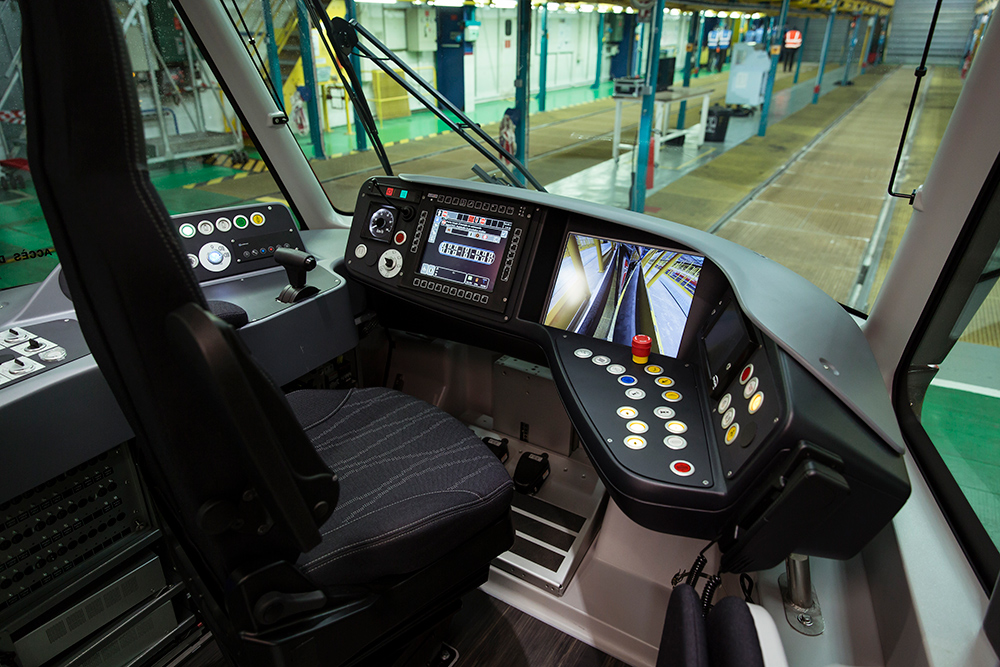
The new tram’s driver space. Photography: Stéphane Aboudaram
A tram comes with countless design constraints, but Xavier Allard, Alstom’s design director, was impressed by what Ora ïto managed to achieve despite the cost, technology and security considerations: ‘He was able to create a particular interior atmosphere and exterior character. His graphic work gives the impression of different proportions, of new dimensions.’ For the interior, Ora ïto had dreamed of ways to play upon the Mediterranean context, such as wicker seats, but the costs were prohibitive. These limitations led to other ideas, such as putting a handrail between the seat backs at chest level. ‘It seems obvious,’ he says, ‘but no other tramway has this function.’ His branchlike design for the horizontal handrails recalls his ‘Arborescence’ candelabra for Christofle.
Knowing that Ora ïto was designing Nice’s new trams, the French company JCDecaux, a leader in street furniture, asked him to collaborate on its bid to build the Line 2 stations, which it won last December. The resulting stations have simple lines in a bronze-painted metal finish neutral enough to coexist with the red and yellow trams.
Trams have become increasingly popular of late as an efficient, environmentally friendly way of getting people around a city while spurring urban renewal. Line 2 has brought 30,000 sq m of redeveloped public space to Nice. ‘This is about building a more efficient transport network, where all modes are interconnected,’ says Estrosi, who hopes that Nice will serve as a role model for others. In one way it already is: New York and Vancouver are both planning tramway projects. And though neither has yet selected a manufacturer, Alstom has provided New York with a true-to-size model of the Ora ïto-designed tram to use in its promotional material. Perhaps one day the French designer will get to see his name gliding around the streets of Brooklyn, too.
As originally featured in the June 2018 issue of Wallpaper* (W*231)
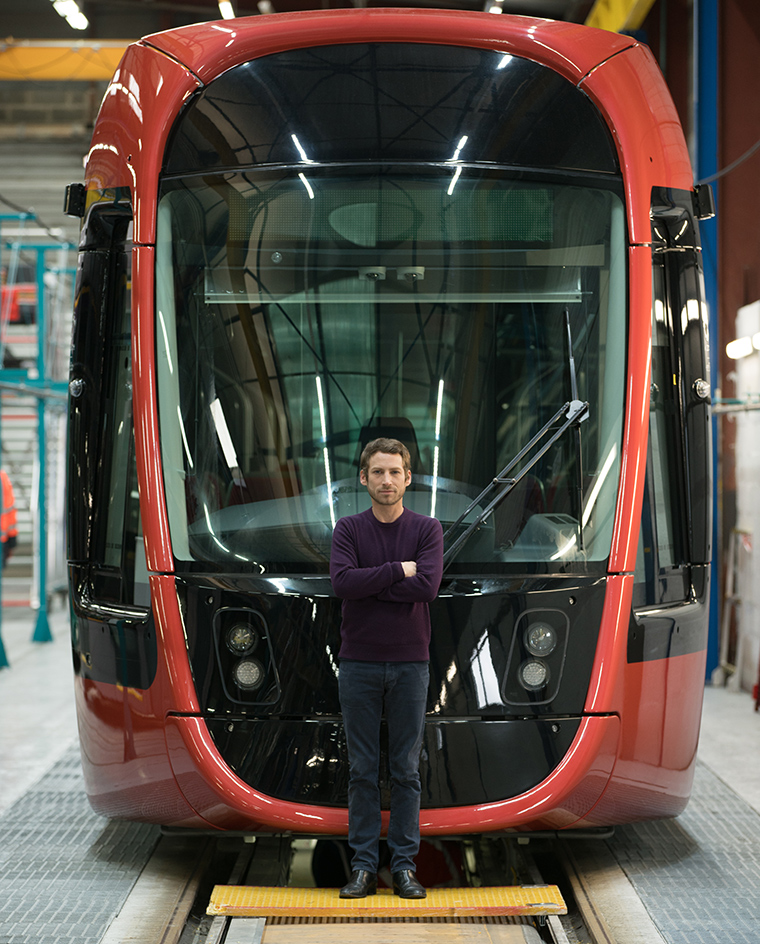
The designer in front of the finished vehicle at Alstom’s La Rochelle factory
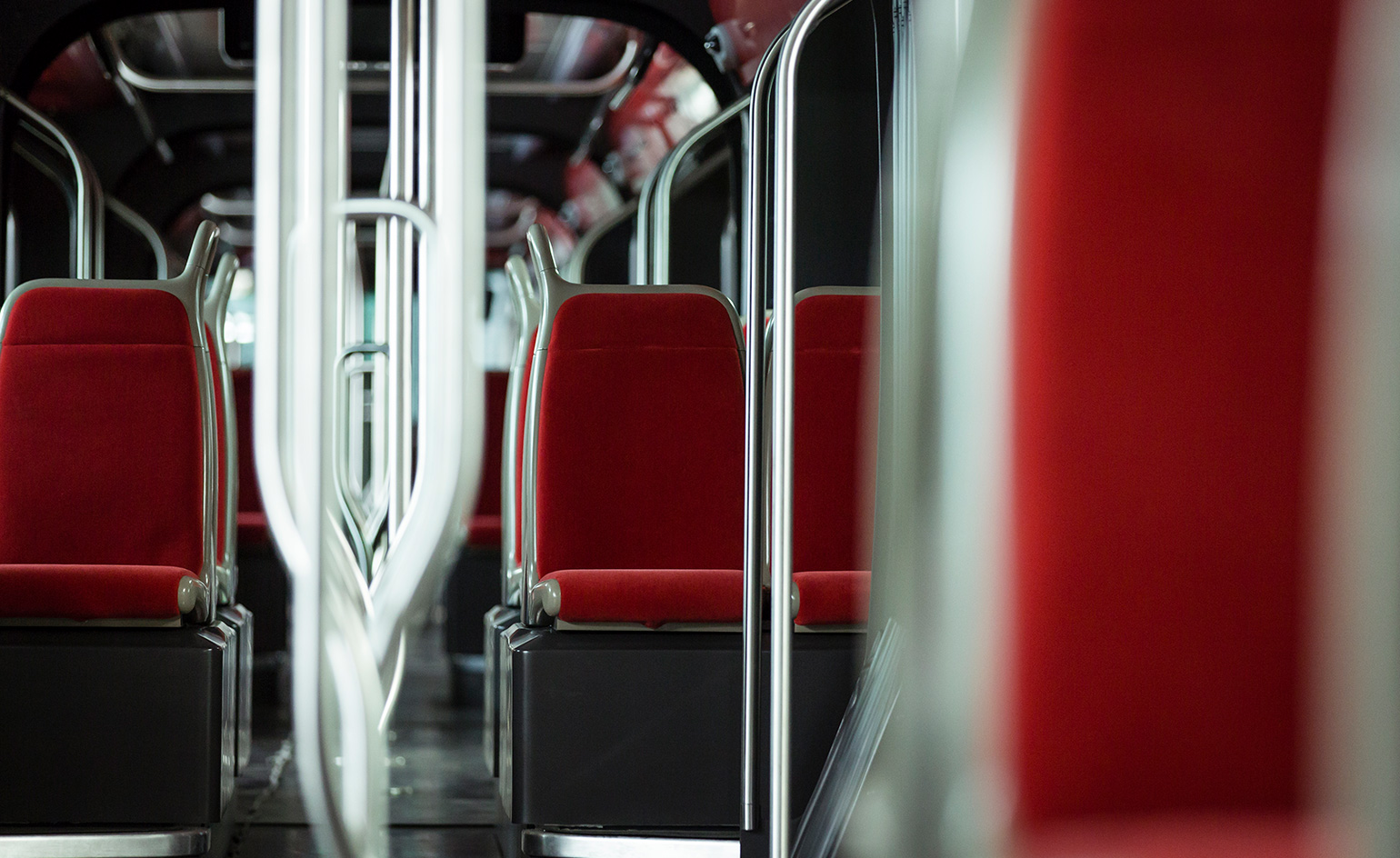
Inside the new tram
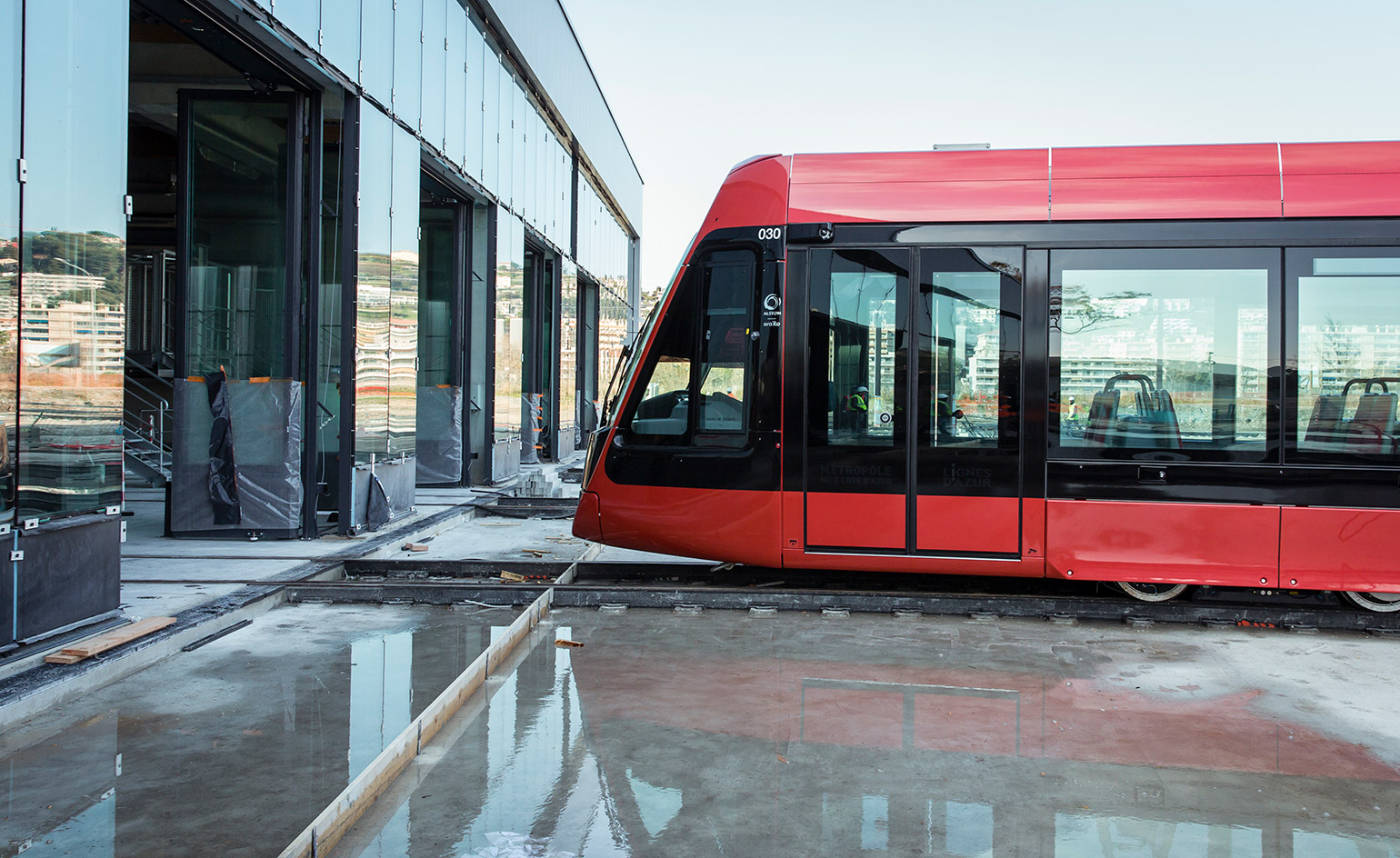
The new tram launches in Nice this summer
INFORMATION
For more information, visit the Ora ïto website and the Nice Tramway website
Wallpaper* Newsletter
Receive our daily digest of inspiration, escapism and design stories from around the world direct to your inbox.
-
 Put these emerging artists on your radar
Put these emerging artists on your radarThis crop of six new talents is poised to shake up the art world. Get to know them now
By Tianna Williams
-
 Dining at Pyrá feels like a Mediterranean kiss on both cheeks
Dining at Pyrá feels like a Mediterranean kiss on both cheeksDesigned by House of Dré, this Lonsdale Road addition dishes up an enticing fusion of Greek and Spanish cooking
By Sofia de la Cruz
-
 Creased, crumpled: S/S 2025 menswear is about clothes that have ‘lived a life’
Creased, crumpled: S/S 2025 menswear is about clothes that have ‘lived a life’The S/S 2025 menswear collections see designers embrace the creased and the crumpled, conjuring a mood of laidback languor that ran through the season – captured here by photographer Steve Harnacke and stylist Nicola Neri for Wallpaper*
By Jack Moss